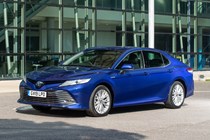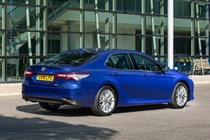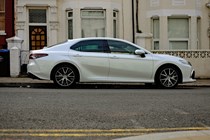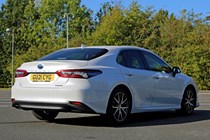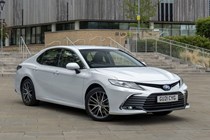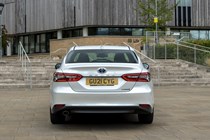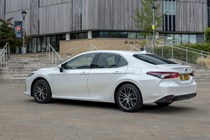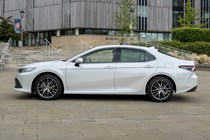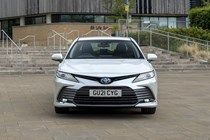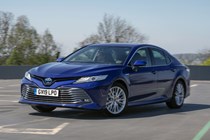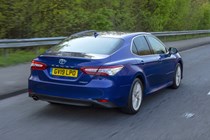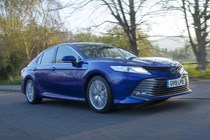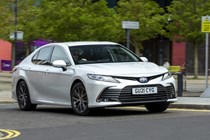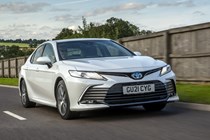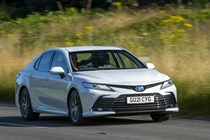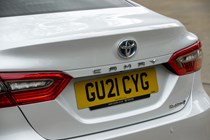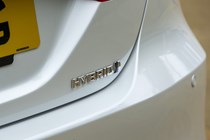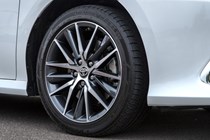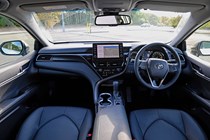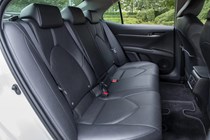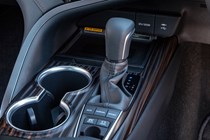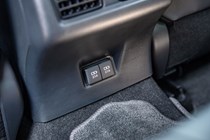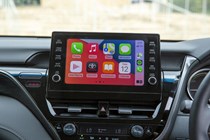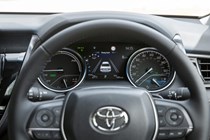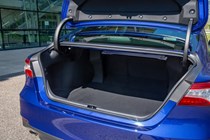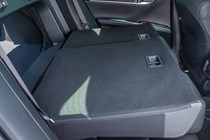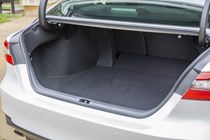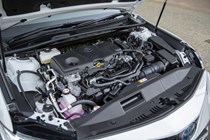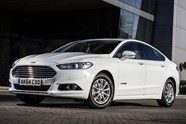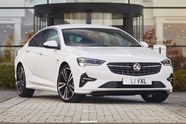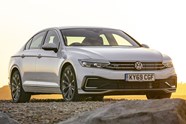
Toyota Camry Saloon review
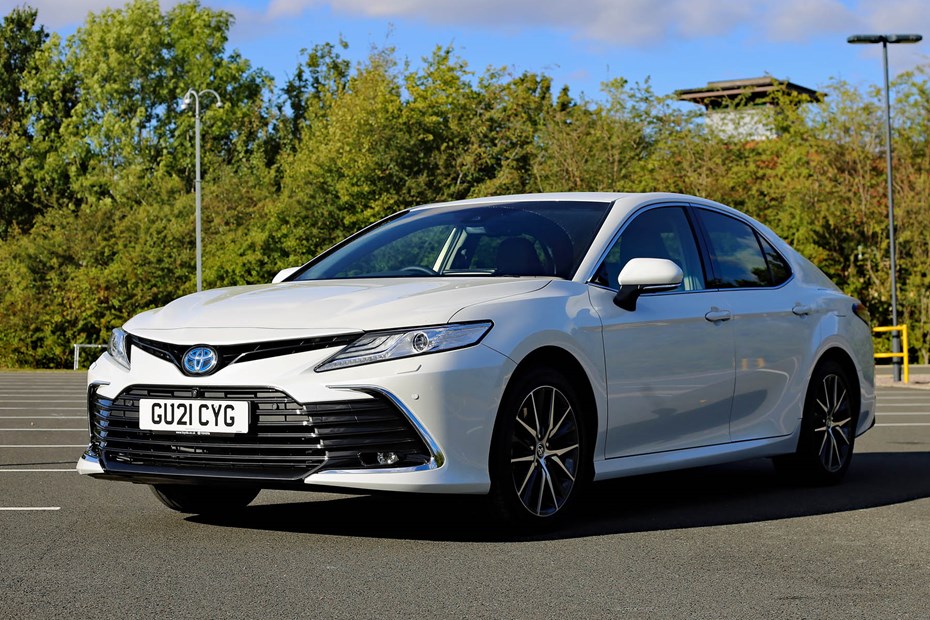
At a glance
| Price new | £31,470 - £35,305 |
|---|---|
| Used prices | £15,835 - £26,974 |
| Road tax cost | £180 |
| Insurance group | 15 - 33 |
Get an insurance quote with

|
|
| Fuel economy | 50.4 - 53.3 mpg |
| Miles per pound | 7.4 - 7.8 |
| View full specs for a specific version | |
Available fuel types
Hybrid
Pros & cons
- Efficient hybrid powertrain
- High levels of build quality
- Thoroughly equipped
- Fine body control and comfort
- Infuriating multimedia system
- Driving experience is unlikely to excite
- Dwindling interest in four-door saloons
- Wrong badge for management types
Toyota Camry Saloon (19-22) rivals
Overview
Is the Toyota Camry any good?
The Camry has barely registered more than a blip on the UK sales charts, despite regularly appearing as the bestselling ‘sedan’ in North America.
It’s aimed broadly at people who would like something BMW 5 Series in size, but are only willing to pay a BMW 3 Series amount of money. Other rivals include the Ford Mondeo, Skoda Superb, Vauxhall Insignia and Volkswagen Passat.
It offers acres of interior space for the money, but lacks much in the way of design appeal, inside and out. Tech levels are strong but it can be infuriating to use.
More important is the CO2 output-conscious fleet market, which Toyota expects to account for 80% of Camry sales. While a fleet may only comprise a couple of hybrid Camrys, it gets Toyota onto consideration lists – even if people eventually opt for another model such as a C-HR or RAV4, the Camry’s been a door-opener.
What’s it like inside?
Pretty bland. Sit in the driver’s seat and you’ll be welcomed by some fairly-old school graphics and fonts behind the steering wheel. While the 9.0-inch infotainment screen (Apple CarPlay and Android Auto as standard) stands proud in tablet-style way, rather than being set within the dash.
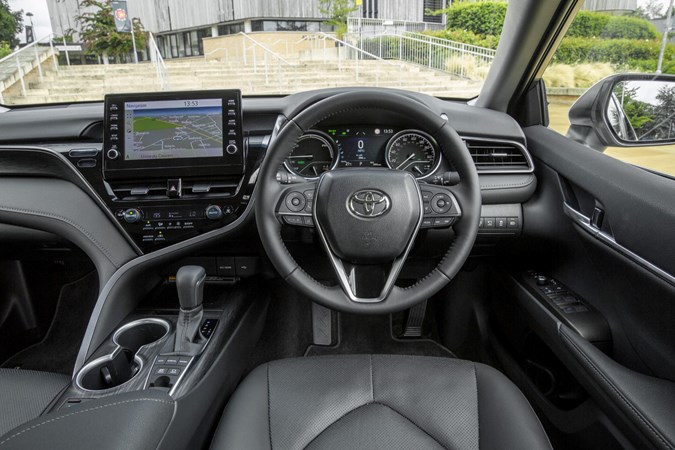
It’s easy to get comfortable in and there’s loads of room for front and rear passengers. American-sized cupholders are used throughout, and all the buttons (there are a lot of them) feel like they’ll last, even if it does take a while to learn where all of them are positioned.
Read more on the Toyota Camry interior
What’s it like to drive?
At the heart of the Camry is a petrol-electric hybrid powertrain. It’s a 2.5-litre petrol engine with a compact electric motor attached to it – the battery pack is housed under the rear seat. Together they produce 215hp and sufficient pulling power for a swift-ish 8.3-second 0-62mph time.
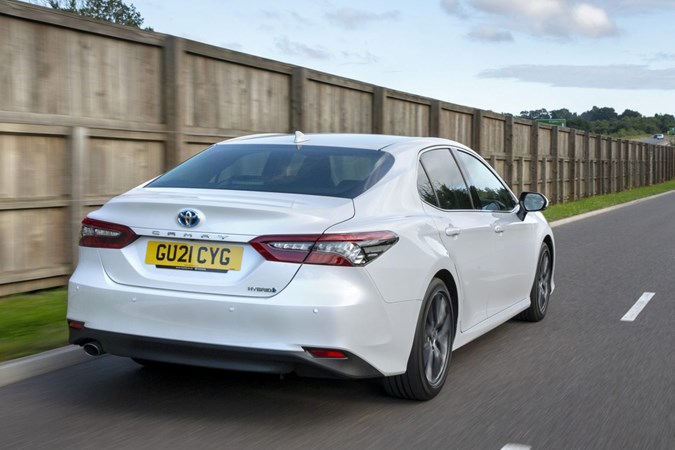
It’s efficiency where the Camry excels, though, offering up to a claimed average of up to 53.3mpg. A figure we think is achievable in the right setting.
Auto Glide Control (AGC) allows the engine to be shut off when the driver’s not demanding accelerative force from it, ensuring that the Camry runs in EV mode for longer bursts of time, particularly noticeable when driving almost silently in urban environments.
Read more on how the Toyota Camry drives
What models and trims are available?
Just two grades of specification make up an ultra-simple Camry line-up, with Toyota expecting the entry-level Design model to account for 76% of sales, the Excel to soak-up the remainder.
Not that the Camry Design is a poverty-spec special by any stretch of the imagination. It comes with standard metallic paint, leather interior, LED headlamps, keyless entry and starting, electrically adjustable and heated front seats, plus Toyota comprehensive Safety Sense package.
Excel versions add 18-inch alloy wheels, ventilated driver and front passenger seats and a few other niceties.
What else should I know?
Boot space is generous at 524 litres, plus the rear seats fold over to increase carrying capacity, but ultimately its practicality is compromised by having a bootlid rather than a tailgate – the opening of which is rather restrictive.
The Camry uses a platform that is similar, but not identical, to the configuration employed by the Lexus ES range, although the Toyota is a shade shorter, taller and devised to feel less sporty.



